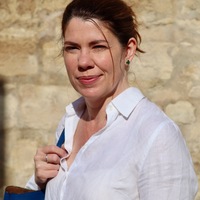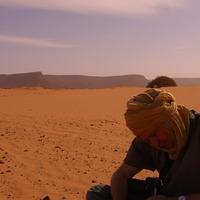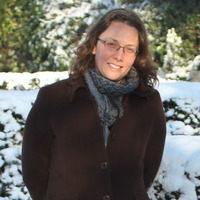
Brendan Foley
Address: Lund, Skåne, Sweden
less
Related Authors
Justine Firnhaber-Baker
University of St Andrews
Simon Werrett
University College London
Carlos Fabião
Universidade de Lisboa
David Seamon
Kansas State University
Enrico Cirelli
Università di Bologna
Florin Curta
University of Florida
Andrew Wilson
University of Oxford
Fabio Cuzzolin
Oxford Brookes University
Eszter Banffy
Hungarian Academy of Sciences
Wendy van Duivenvoorde
Flinders University of South Australia
InterestsView All (13)










Uploads
Papers by Brendan Foley
summit in Kalmar, where Hans expected to be crowned king of Sweden, it was his mobile seat of government, an instrument combining hard and soft power functions. Recent excavations of Gribshunden reveal its martial aspects: artillery, small arms (including several crossbows and hand guns) and personal armour. Soft power is reflected more subtly in other artefacts: silver coins; secular artwork depicting flowers, animals and mythical beasts; and prestige provisions, including copious amounts of exotic imported spices and a large sturgeon. Continuing excavations of the wreck are revealing the structure of the ship itself, while providing insights into the social division of space aboard this royal castle at sea. Combined with archival documents, analyses of all these artefacts deliver deep insight into the people aboard the ship and the late Mediaeval period through which they travelled.
This is an open access article distributed under the terms of the CC BY 4.0 license.
This is an open access article distributed under the terms of the CC BY 4.0 license.
summit in Kalmar, where Hans expected to be crowned king of Sweden, it was his mobile seat of government, an instrument combining hard and soft power functions. Recent excavations of Gribshunden reveal its martial aspects: artillery, small arms (including several crossbows and hand guns) and personal armour. Soft power is reflected more subtly in other artefacts: silver coins; secular artwork depicting flowers, animals and mythical beasts; and prestige provisions, including copious amounts of exotic imported spices and a large sturgeon. Continuing excavations of the wreck are revealing the structure of the ship itself, while providing insights into the social division of space aboard this royal castle at sea. Combined with archival documents, analyses of all these artefacts deliver deep insight into the people aboard the ship and the late Mediaeval period through which they travelled.
This is an open access article distributed under the terms of the CC BY 4.0 license.
This is an open access article distributed under the terms of the CC BY 4.0 license.